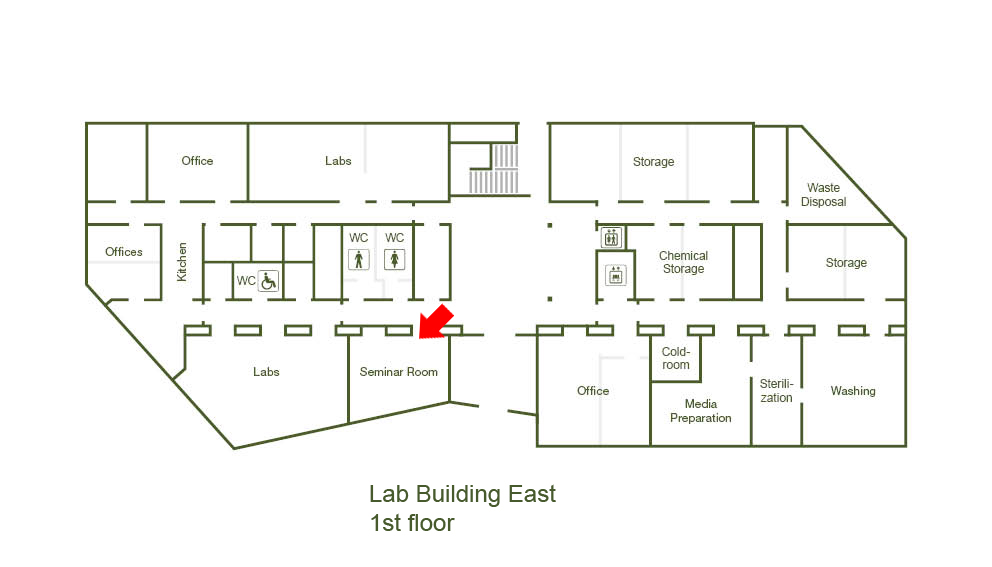The Search for the Magnetoreceptors
Date
Thursday, September 20, 2018 13:30 - 14:30
Speaker
David Keays (IMP - Research Institute of Molecular Pathology)
Location
Seminar Room, Lab Building East
Series
Seminar/Talk
Tags
Life Sciences Seminar
Host
Simon Hippenmeyer
Contact

Using maps, compasses, and sextants, mariners in the early 1500's developed the first methods to navigate the open sea; heralding an age of exploration as humanity set sail for the horizon. Yet long before this time evolution had equipped life on the planet with a biological global positioning system that was far superior to those early navigational tools the Magnetic Sense. While there is unequivocal behavioural evidence demonstrating that this faculty exists, it is the least understood of all senses. The location of the primary sensors, the underlying biophysical mechanisms, and the neurological basis of the sense are unknown. Currently, there are three ideas that aim to explain how magnetosensation might work: (1) a light sensitive radical pair based model; (2) magnetite based magnetoreception; and (3) electromagnetic induction. In this lecture I will present our work that has tested the magnetite theory of magnetosensation, a concept that argues that small crystals of the iron oxide magnetite act as an intracellular compass transducing magnetic information into a neuronal impulse. I will present our work that challenges the existence of a magnetic sense system in the beak of birds, our discovery of an iron-rich organelle in avian hair cells, our in vivo assay that assesses magnetically induced neuronal activation, and our recently established whole brain clearing experiments. In short, I will tell you about our search for the magnetosensors.